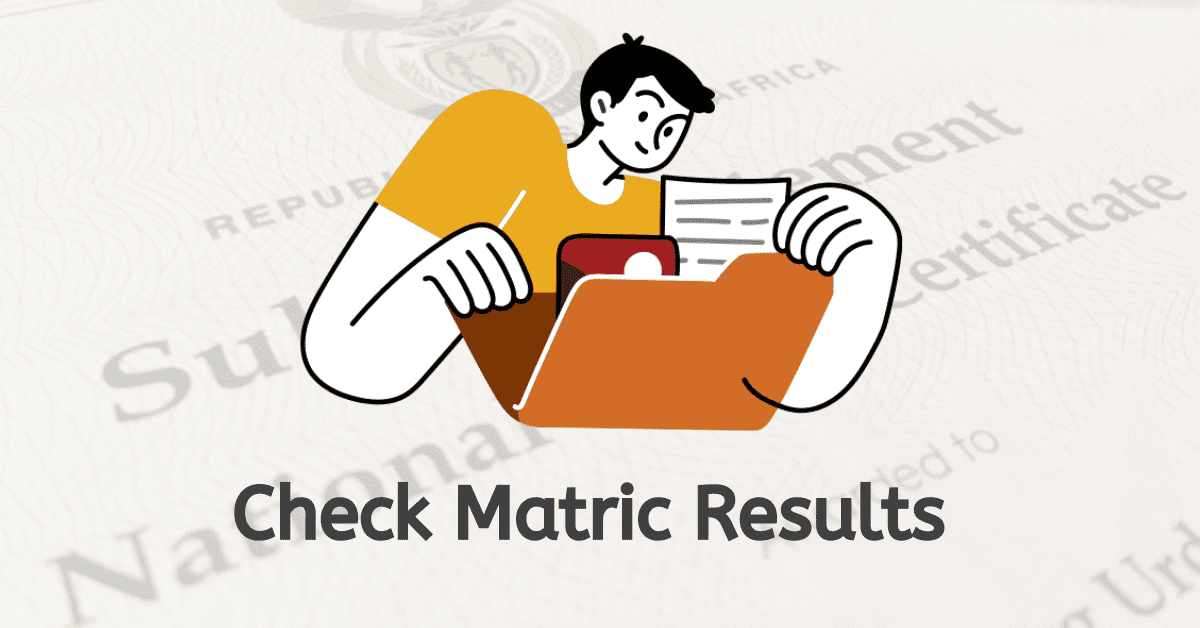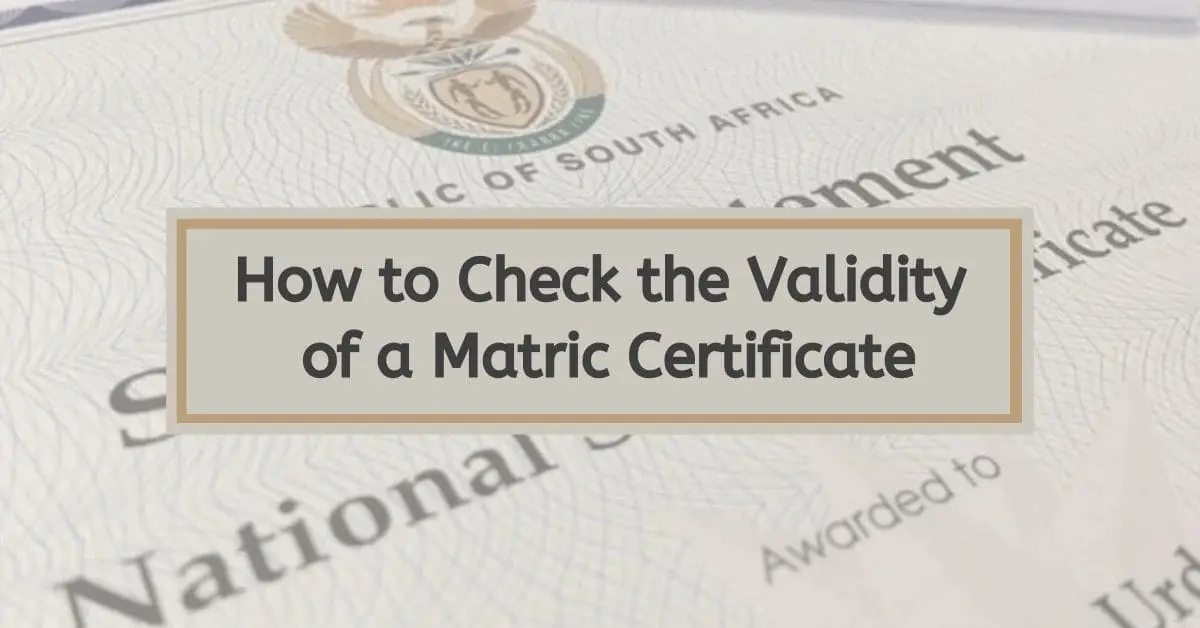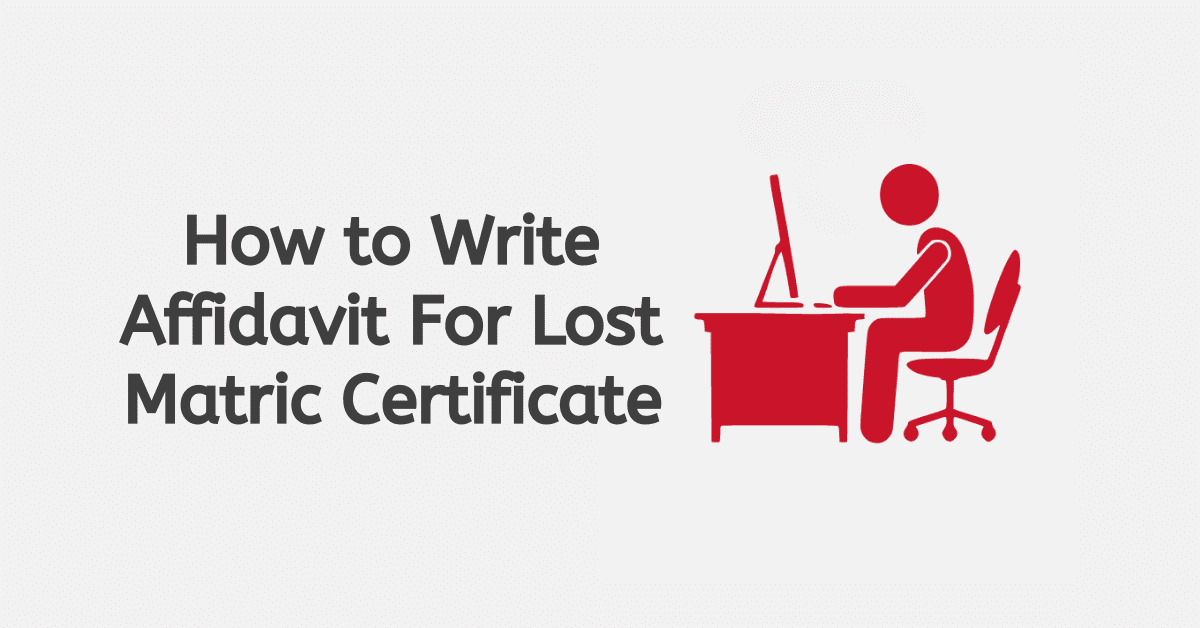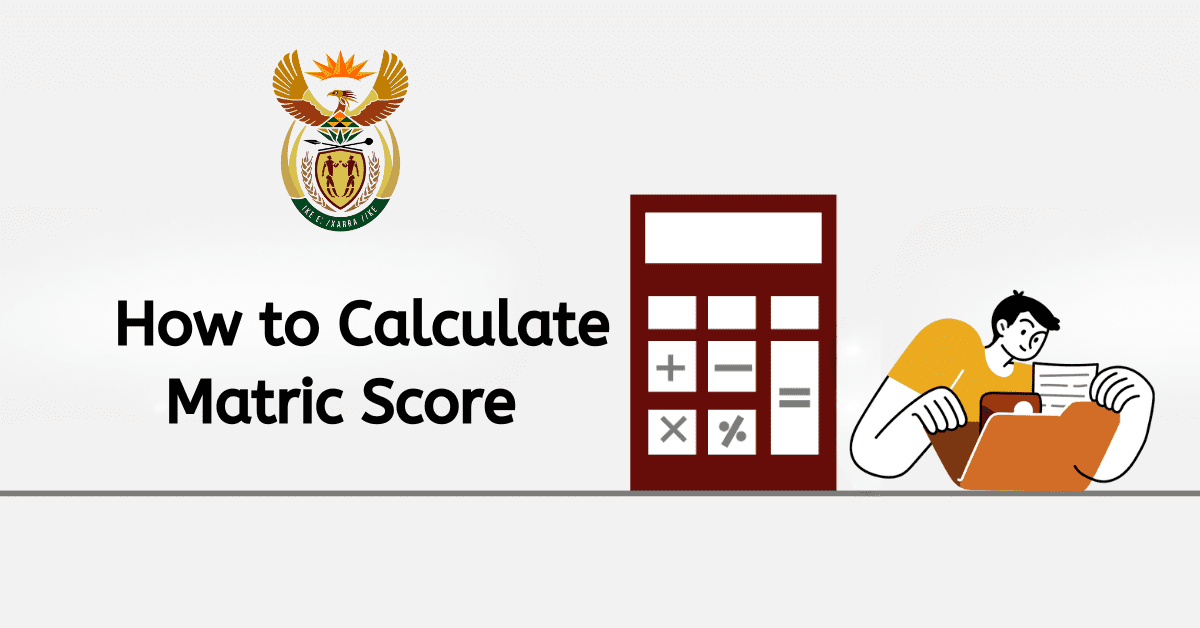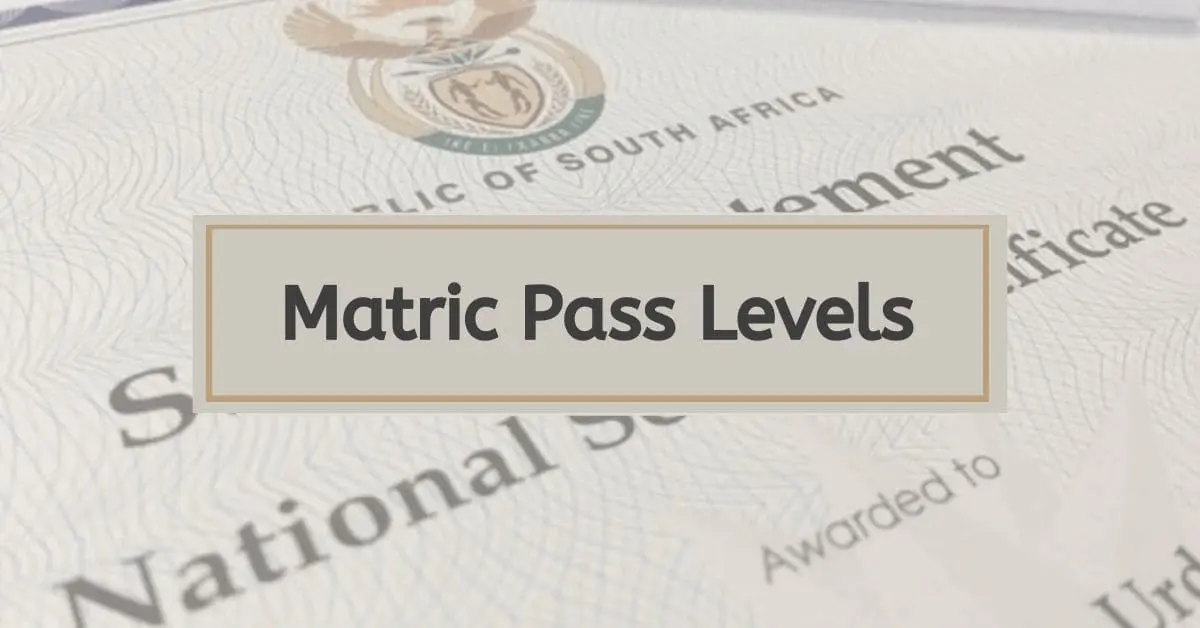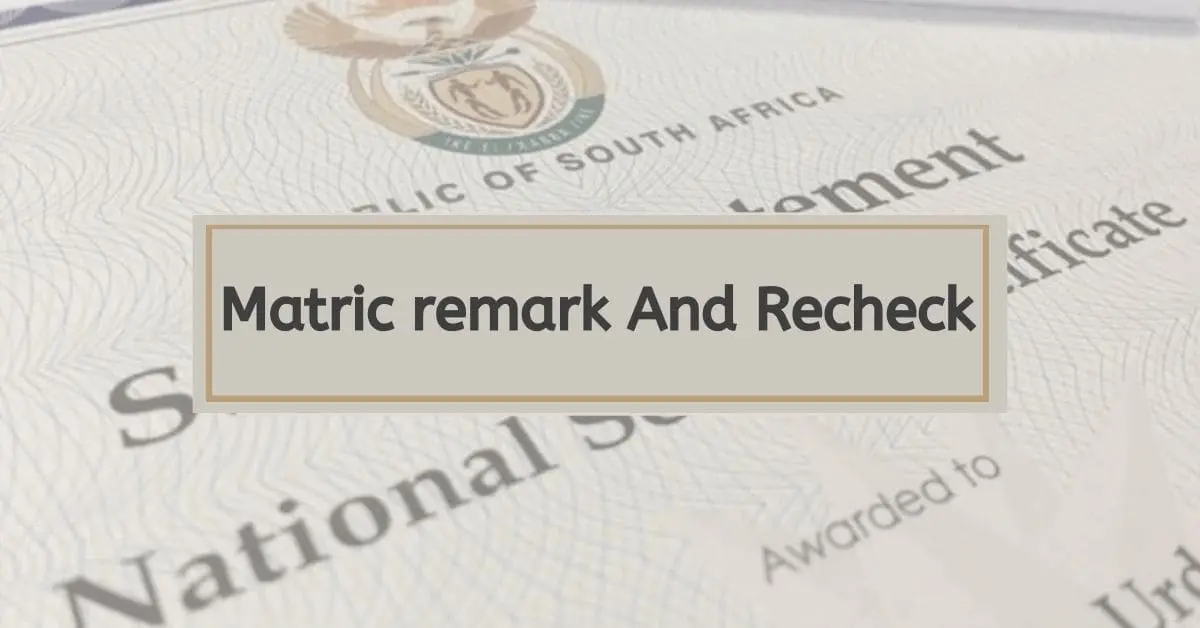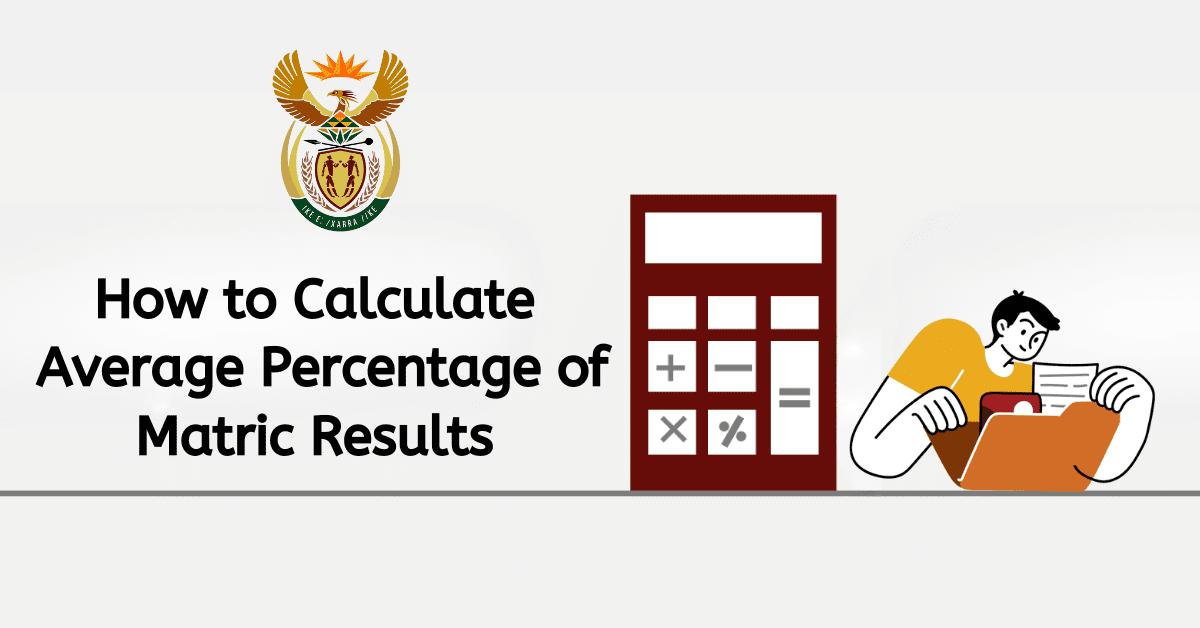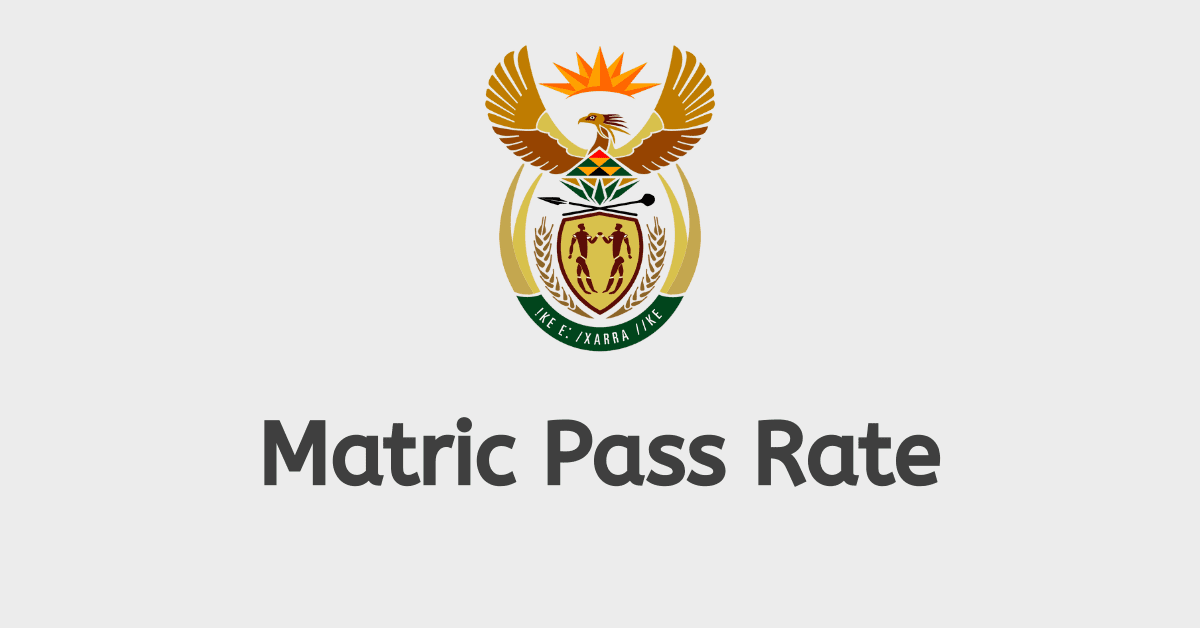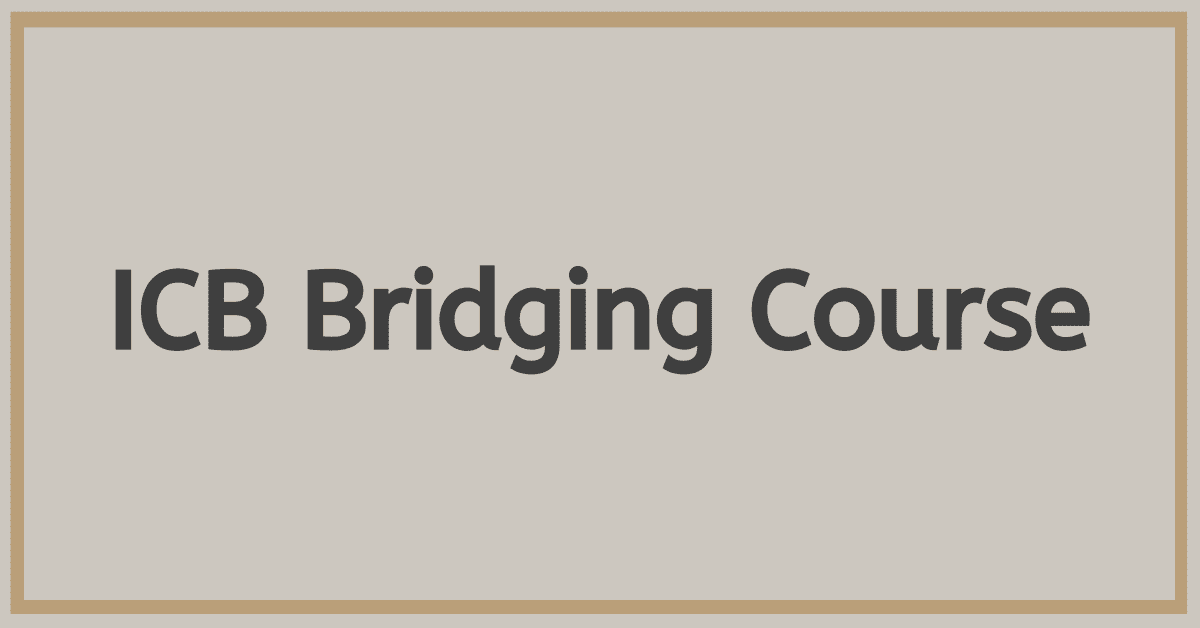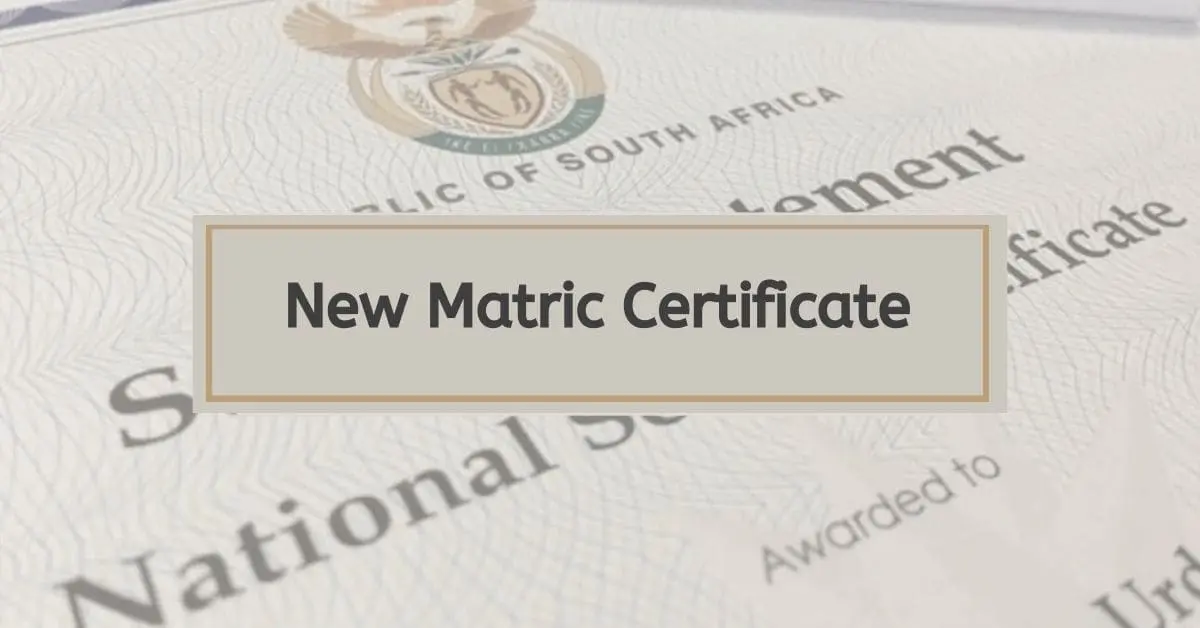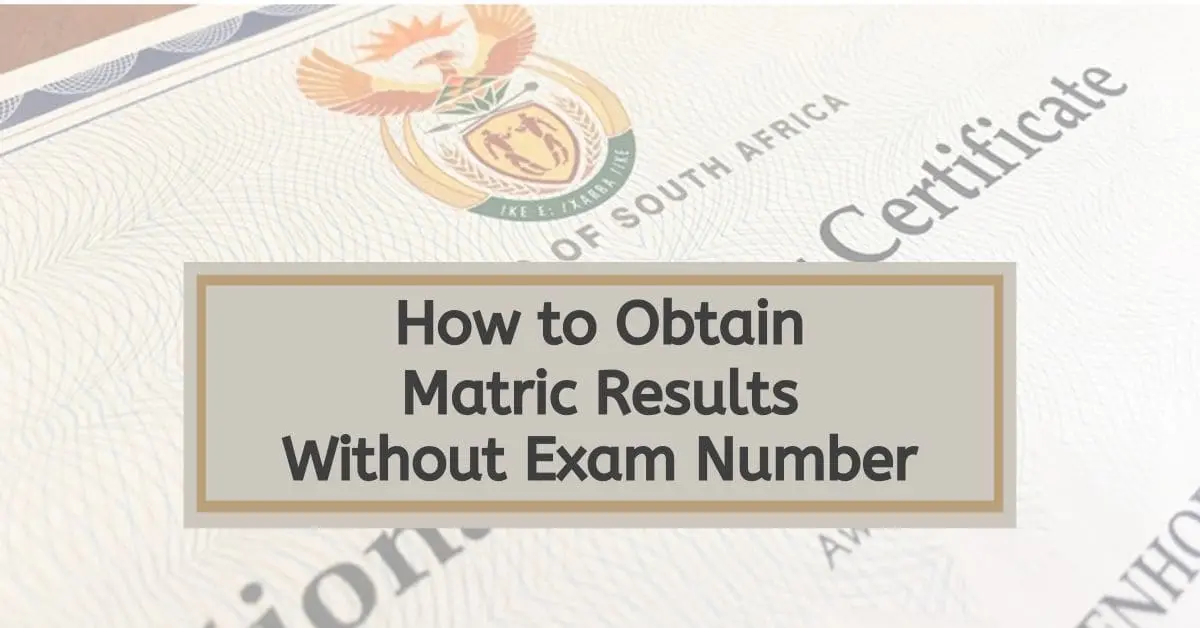In South Africa, the matriculation certificate, commonly called a “matric certificate,” is paramount in the education system and broader society. The matric certificate is a qualification students earn upon completing their final year of secondary education, known as Grade 12. This certificate signifies the end of their high school journey and serves as a gateway to higher education and various career opportunities.
The matriculation credential holds immense value, shaping one’s academic and career journey. This detailed article seeks to illuminate the matriculation certificate’s essence, qualifications, categories, and merits. It addresses queries like distinguishing between a matriculation certificate and a statement and delves into the pinnacle of matriculation accomplishments.
What is a Matric Certificate?
The matric certificate, derived from the term “matriculation,” represents the successful completion of Grade 12, the final year of secondary education in South Africa. It holds immense significance as it marks the culmination of a student’s high school journey and opens doors to further education and employment prospects. Essentially, the matric certificate proves that a student has met the minimum requirements of the Department of Basic Education.
Students pursue various subjects during their Grade 12 year, and their performance in these subjects determines whether they qualify for the matric certificate. The certificate is awarded to students who pass at least seven subjects, including four compulsory subjects: Home Language, First Additional Language, Mathematics or Mathematical Literacy, and Life Orientation. Additionally, students must achieve specific credits across these subjects, ensuring a well-rounded education.
What Qualification Does a Matric Certificate Hold?
Labeled as a National Senior Certificate (NSC), the matriculation paper stands tall as a Grade 12 achievement. It signifies the fulfillment of Department of Basic Education conditions for high school completion, green-lighting a path toward advanced studies or professional fields. The NSC is in sync with global benchmarks and gains applause from institutions worldwide, both near and far.
Although not the sole gateway to advanced learning, the matriculation credential is the predominant avenue for most learners. It paves the way for universities, technological universities, and various tertiary centers. Many professional careers also require a matric certificate as a minimum qualification, making it a crucial stepping stone for individuals seeking various opportunities in the job market.
Types of Matric Certificates and Distinctions
In the realm of matriculation, diverse certificate categories and honors exist, reflecting varying degrees of accomplishment. These accolades honor exceptional scholars who shine in their academic pursuits, underscoring their commitment and effort.
- Higher Certificate Pass Cert: Bagged by students reaching 40% or beyond in three subjects – embracing both Home Language and First Additional Language – plus nailing a minimum of 30% in three additional subjects.
- Diploma Pass Cert: The gateway opens when students notch 40% or above in four subjects – encompassing Home Language and First Additional Language – coupled with securing a minimum of 30% in three supplementary subjects.
- Bachelor’s Degree Pass Cert: The pinnacle of success. Aspirants targeting this milestone must hit 40% or higher in their Home Language, First Additional Language, and Mathematics/Mathematical Literacy while clinching 50% or beyond in three other subjects.
Matric Certificate vs. Matric Statement
While both the matric certificate and matric statement are related to a student’s Grade 12 performance, they serve different purposes. As mentioned earlier, the matric certificate is the official qualification awarded upon meeting the necessary requirements. It proves high school completion and the cert is essential for pursuing higher education and certain careers.
In contrast, a matric statement is a document that provides a breakdown of a student’s performance in each subject during the matric year. It includes the marks obtained for each subject and other relevant information, such as examination numbers and levels of achievement. Students often use The matric statement to apply for further education or employment, and it can be obtained from the school where the student wrote their matric exams.
The Highest Achievement in Matric
Among the various distinctions within the matriculation system, the Bachelor’s Degree Pass stands as the highest level of achievement. This pass signifies academic excellence and provides students with the qualifications needed for entry into bachelor’s degree programs at universities. It demonstrates a strong foundation in key subjects, including the Home Language, First Additional Language, and Mathematics or Mathematical Literacy. Achieving a Bachelor’s Degree Pass opens doors to various undergraduate courses, enabling students to pursue their academic and career aspirations.
Conclusion
The matric certificate holds immense value in South Africa’s education system, serving as a gateway to higher education and diverse career paths. This document represents the successful completion of Grade 12 and indicates a student’s dedication and hard work. The different types of passes and distinctions offer students various options based on their achievements. Whether pursuing a higher certificate, diploma, or the esteemed bachelor’s degree pass, the matric certificate sets individuals on a trajectory toward personal and professional growth. It is a testament to the knowledge and skills acquired throughout high school and an essential qualification that opens doors to a brighter future.


